South German, second third of the 16th century.
Each measures 3.3cm in diameter.
The two games pieces are made from turned pear wood, the reliefs sculpted from ground honestone depict Ulrich Ehinger (c. 1490–1556) and Kunz von der Rosen (c. 1470–1519). The reverse of the games pieces are respectively engraved ‘HVLDERICH VS EHINGER’ and ‘CONRADUS V ROSA’.
These wooden medallions were almost certainly used as game pieces. The deeply turned wooden border would have helped protect the gesso portrait during play. Games of skill, such as chess and draughts, with their chivalric and military associations, were deeply embedded in patrician leisure. As a result, luxury game boards and pieces became prized possessions among the elite of Renaissance Europe.
Likely produced in sets of around thirty-two pieces, many of these game pieces have since been scattered or lost. They were probably crafted in Augsburg in the mid-16th century, taking inspiration from slightly earlier medals by Friedrich Hagenauer and others. Such pieces often depicted eminent figures of the time, including Charles V and his brother Ferdinand.
The Bayerisches National Museum has a similar games piece depicting Ulrich Ehinger in their collection, inventory number R 451.
https://www.bayerisches-nationalmuseum.de/sammlung/00030727
Also Kunz von der Rosen, inventory number R 450.
https://www.bayerisches-nationalmuseum.de/en/collection/00030728
Among other examples of the same technique displaying different figures.
The Victoria and Albert Museum has a number of similar games pieces in it’s collection, accession numbers: A.520-1910, A.518-1910, A.519-1910, A.516-1910, A.513-1910, A.521-1910, A.514-1910, A.517-1910, 699-1893 and A.515-1910.
The Metropolitan Museum of Art, New York has in it’s collection five similar games pieces, object Numbers: 2023.364.2, 2023.569.90, 2023.569.91, 2023.569.93, 2023.569.92 and 2023.569.94.
Ulrich Ehinger (c. 1490–1556) was a prominent merchant and courtier from Ulm, serving Emperor Charles V during the early 16th century. A member of the influential Ehinger banking family, he played a key role in imperial financial affairs and diplomacy. As a city councillor and supporter of religious moderation during the Reformation, Ehinger helped navigate the shifting political landscape of the Holy Roman Empire. Known for his humanist education and wide network, he represents the vital link between commerce and court politics in early modern Germany. His legacy endures through scattered archival mentions and court records.
Kunz von der Rosen (c. 1470–1519) was a celebrated court jester and trusted confidant of Emperor Maximilian I of the Holy Roman Empire. Known for his wit, loyalty, and sharp political insight, Kunz played a unique role in imperial diplomacy and propaganda. Unlike typical jesters, he participated in courtly missions and was often depicted in satirical woodcuts and broadsheets supporting Maximilian’s image. He used humor to navigate court tensions and gained remarkable influence. Kunz’s presence at court exemplified the merging of entertainment and statecraft in the Renaissance. He died in 1519, the same year as the emperor he served.








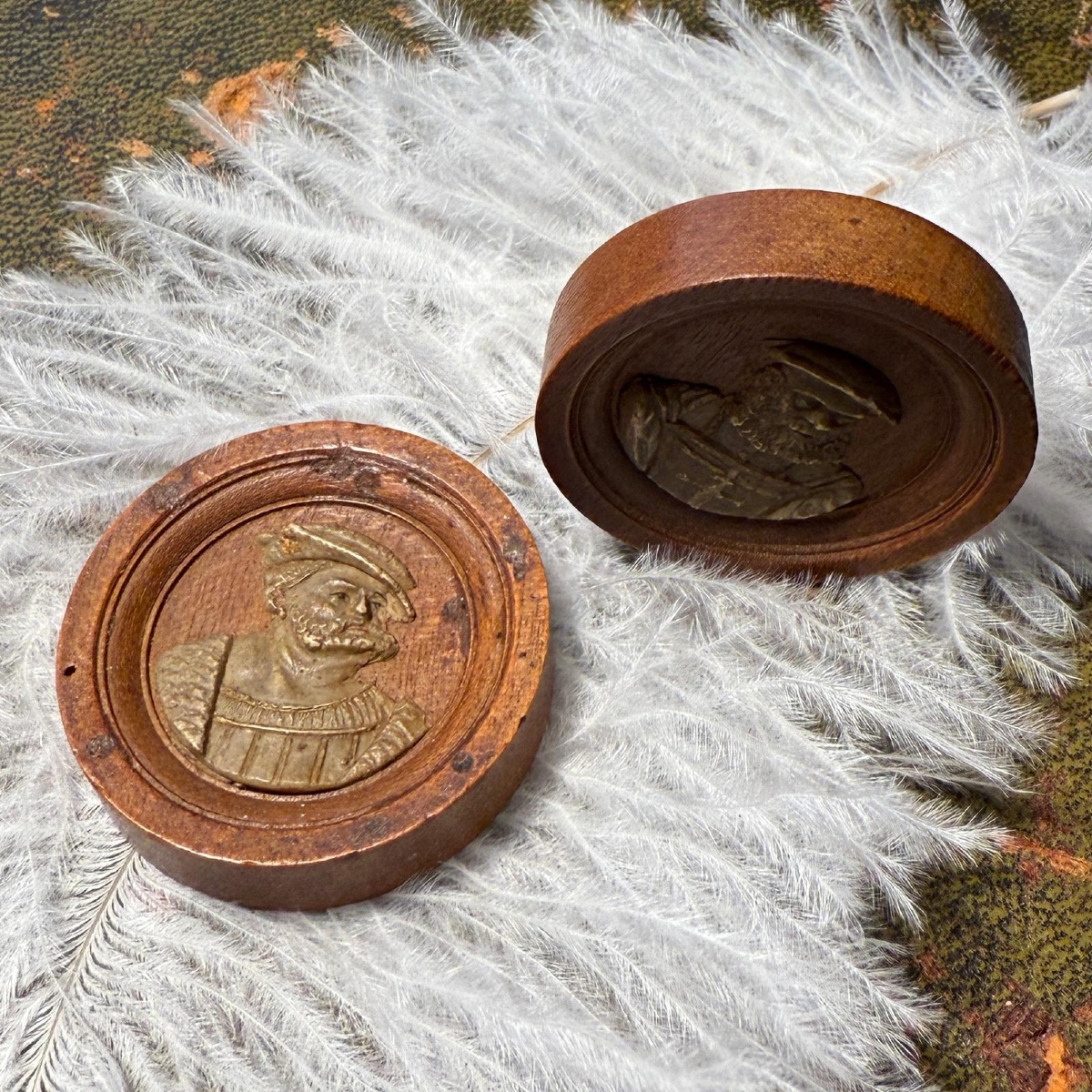




















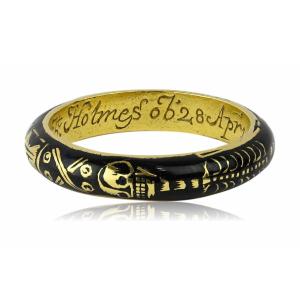
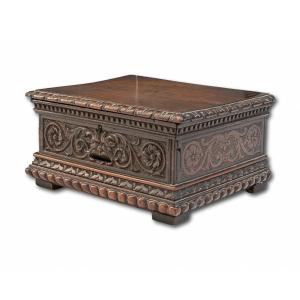
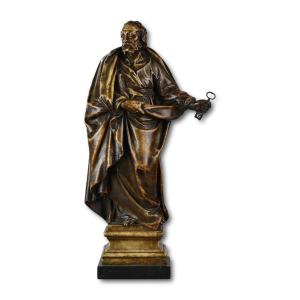
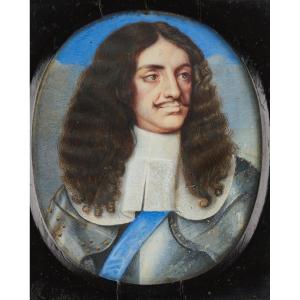
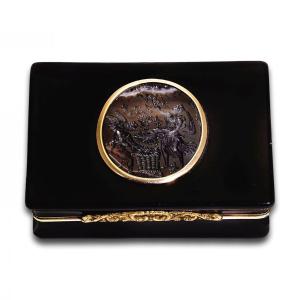
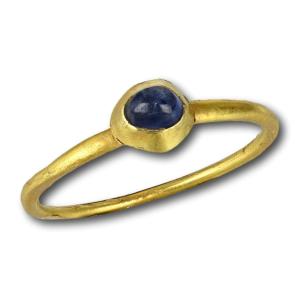


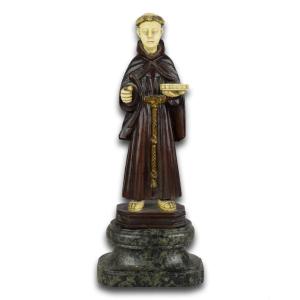



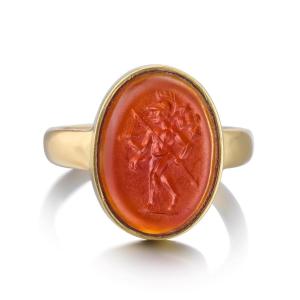
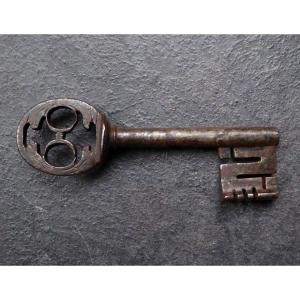
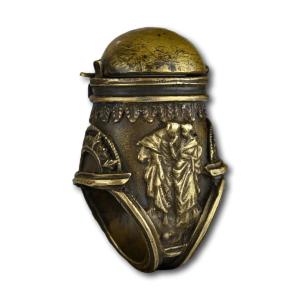






 Le Magazine de PROANTIC
Le Magazine de PROANTIC TRÉSORS Magazine
TRÉSORS Magazine Rivista Artiquariato
Rivista Artiquariato